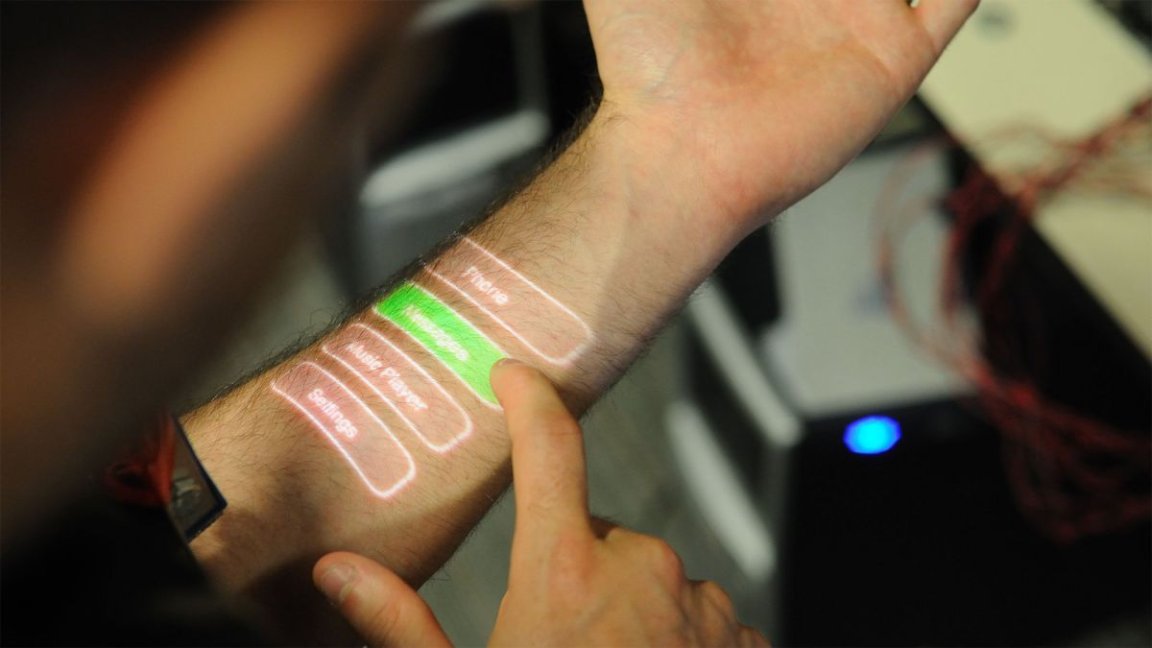
Flexible Sensors
Flexible sensors have various applications that range from space flight to health care. One of the more interesting applications, which is still being researched, is “electronic skin.” Such a skin could be used in suits or prosthetics, and would serve a number of purposes – from the practical to the aesthetic.
However, there is a rather large problem that has been plaguing scientists who are working on flexible sensors. Unfortunately, they can be easily scratched and, as a result, damaged. Of course, this is a problem because it makes the material look bad. But more than that, it could potentially destroy the functionality of the skin.
Fortunately, researchers were recently inspired by healing properties found in skin. And they may have just developed a solution to this problem. Ultimately, they developed materials that can be incorporated into flexible devices to repair or “heal” scratches, damaging cuts etc. that may impair the device.
Self-healing Sensors
The technology uses a polymer that, as previously mentioned, mimics the self-healing properties of human skin. It is a bendable and stretchable chemiresistor where every part, regardless of where the device is cut or scratched, is self-healing. The new sensor is composed of a self-healing substrate, high conductivity electrodes, and molecularly modified gold nanoparticles.
The gold is able to “heal” cracks that could disconnect electrical connectivity. When healed, the polymer substrate of the self-healing sensor becomes sensitive to volatile organic compounds. Moreover, it is still capable of healing at a wide variety of temperatures, ranging from -20°C to 40°C (68°F to 104°F). So in the end, this unique property could enable the self-healing sensor to function in areas with extreme climates. That said, the healing polymer works quickest when the temperature is between 0°C and 10°C (32°F and 50°F). At these temperatures, moisture condenses and is then absorbed by the substrate. Once healed, the chemiresistor still has high sensitivity to touch, pressure, and strain.
If that’s not enough, the electrode resistance increases after healing. Currently, the researchers are experimenting with carbon-based self-healing composites and self-healing transistors. It may not be electronic skin just yet, but this breakthrough makes the tech much more viable.